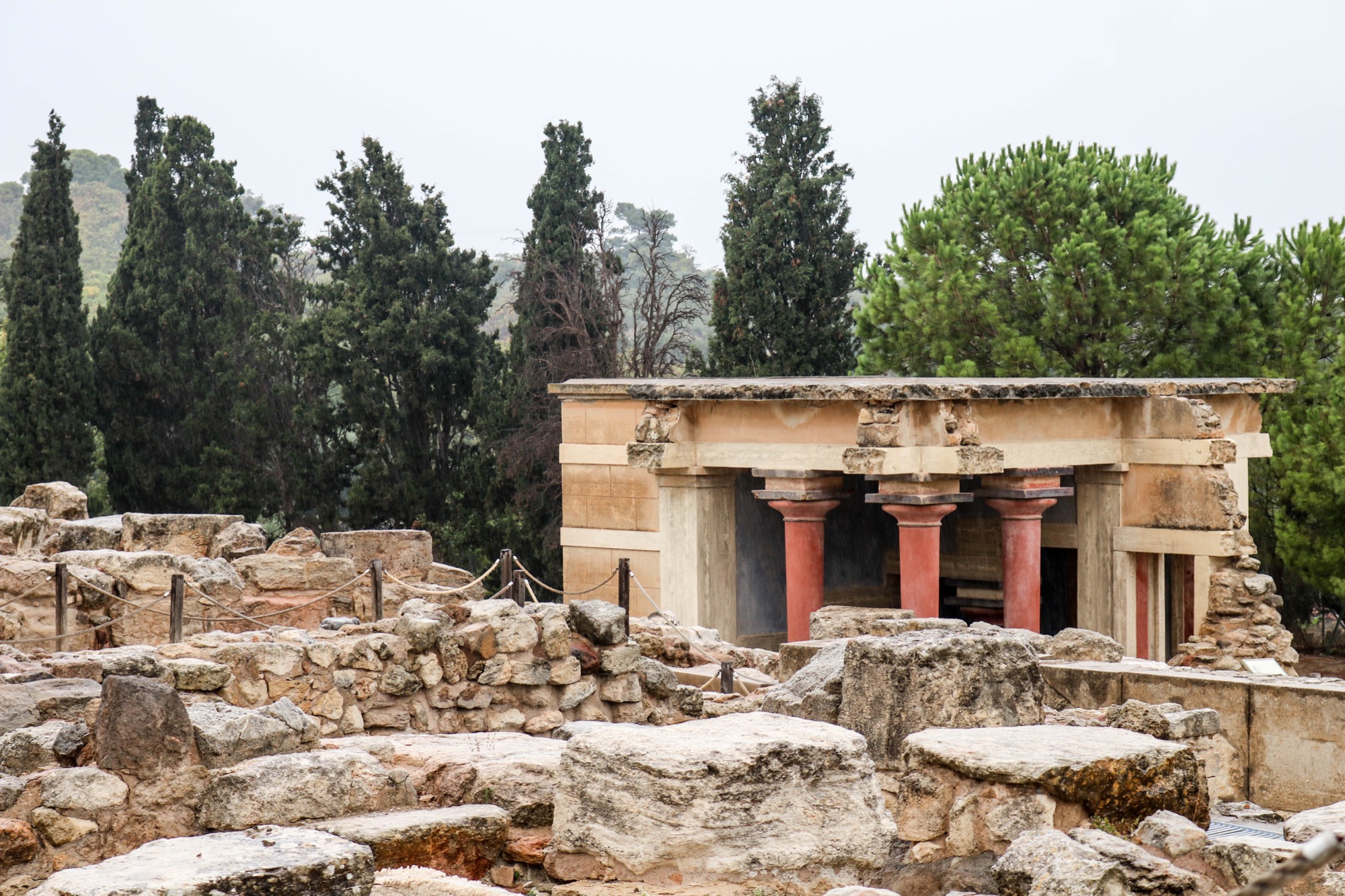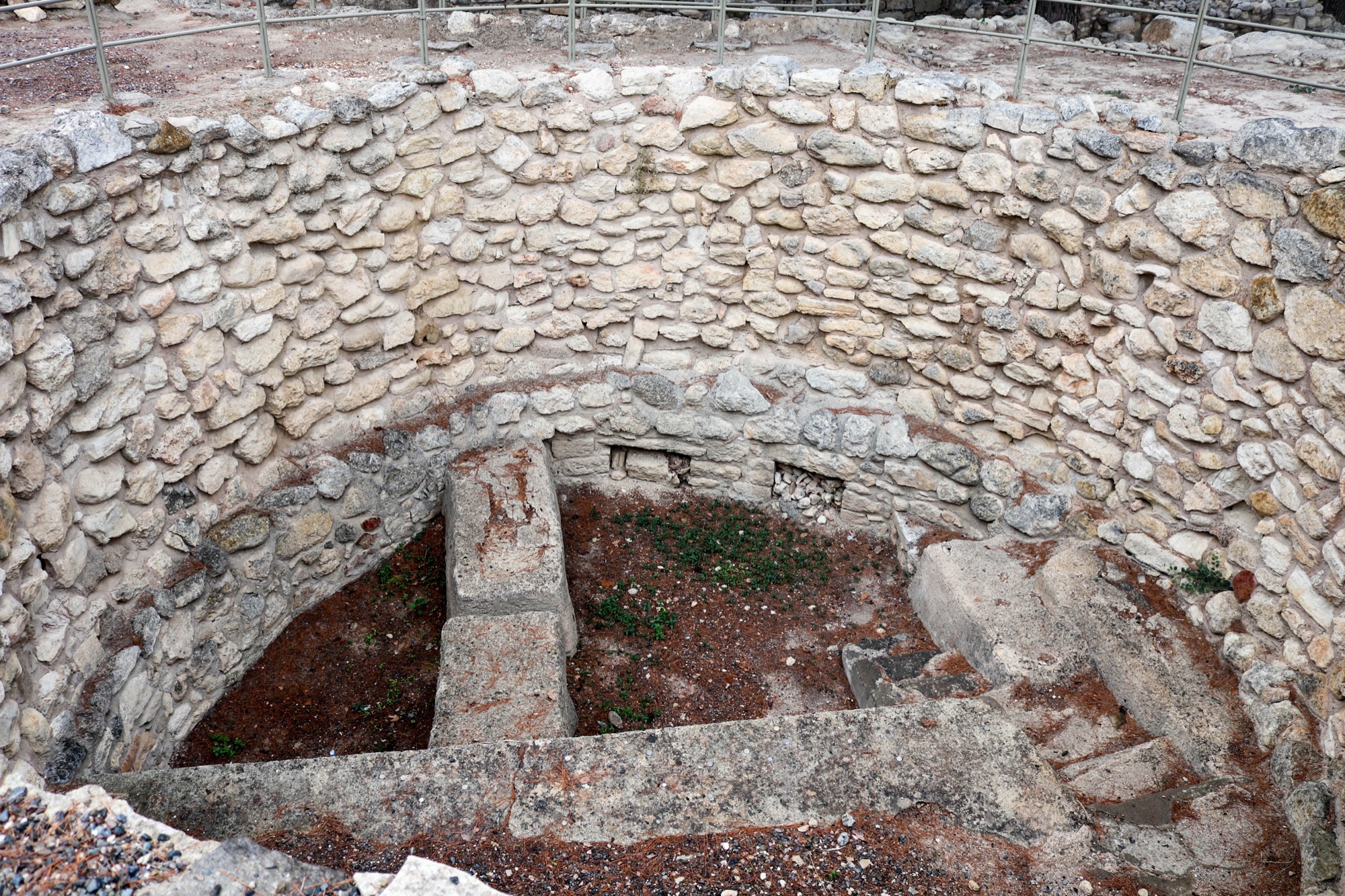Interesting Portraits
Jerusalem has an old neighborhood called Mea Shearim which is populated by orthodox Jews who strictly adhere to Jewish Law. It was easy to pick these people out in a crowd and they provided some interesting portraits.
Jerusalem has an old neighborhood called Mea Shearim which is populated by orthodox Jews who strictly adhere to Jewish Law. It was easy to pick these people out in a crowd and they provided some interesting portraits.


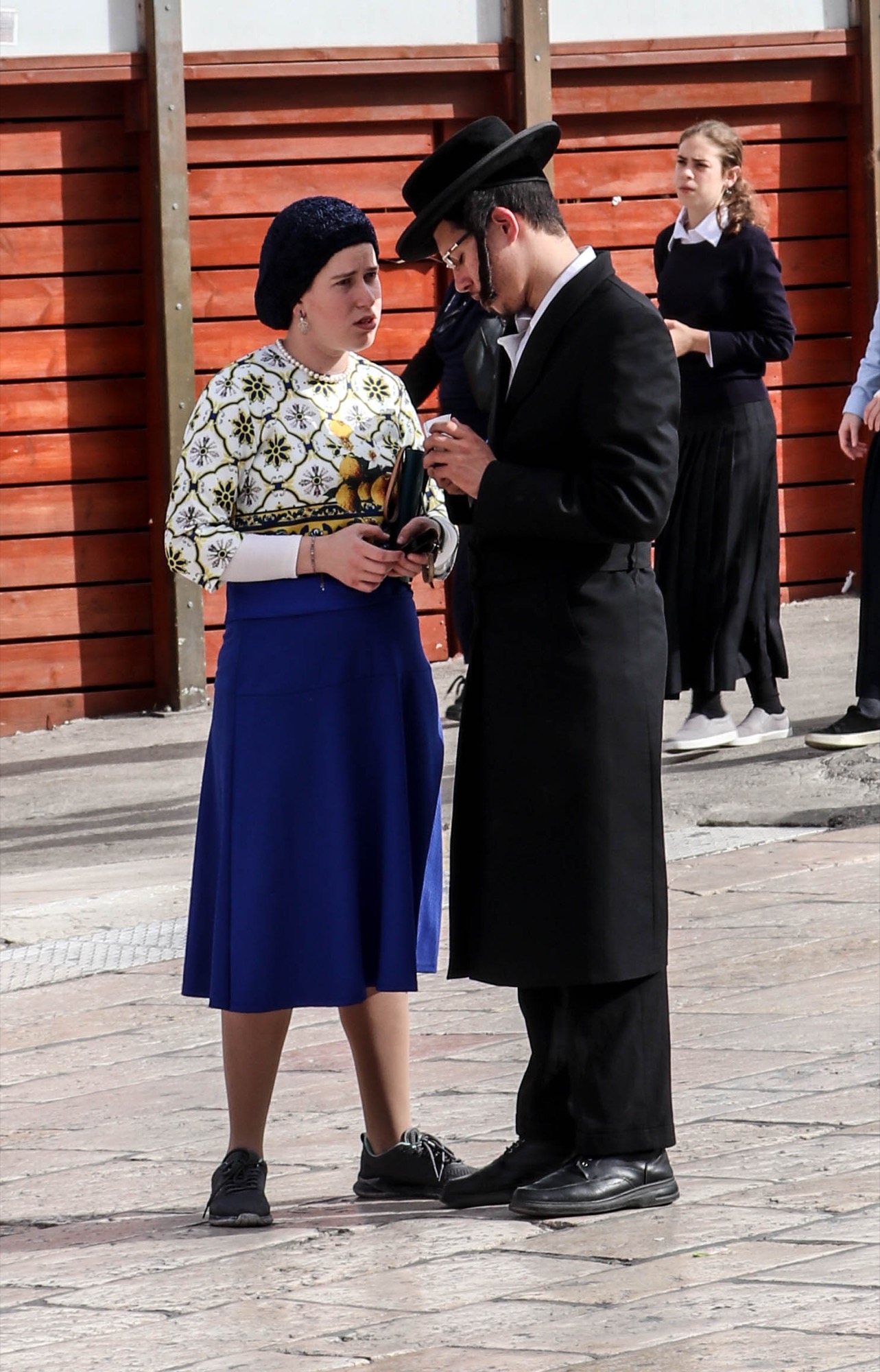


The Tower of David, also called the Jerusalem Citadel was built at the highest point of elevation in the old city so that it could overlook and protect the city. Although much of the current citadel dates from the mid 16th century, the fortifications on this site were built and destroyed repeatedly as far back as the 6th century BC.
Today, the building houses museum exhibits relating to the history of Jerusalem and a climb to the top of the ramparts provides excellent views of the old city and surrounding areas.






In the heart of the old city is a maze of alleyways that are filled with market stalls offering just about every imaginable item for purchase. The items, and the people selling them, are unique and colorful.
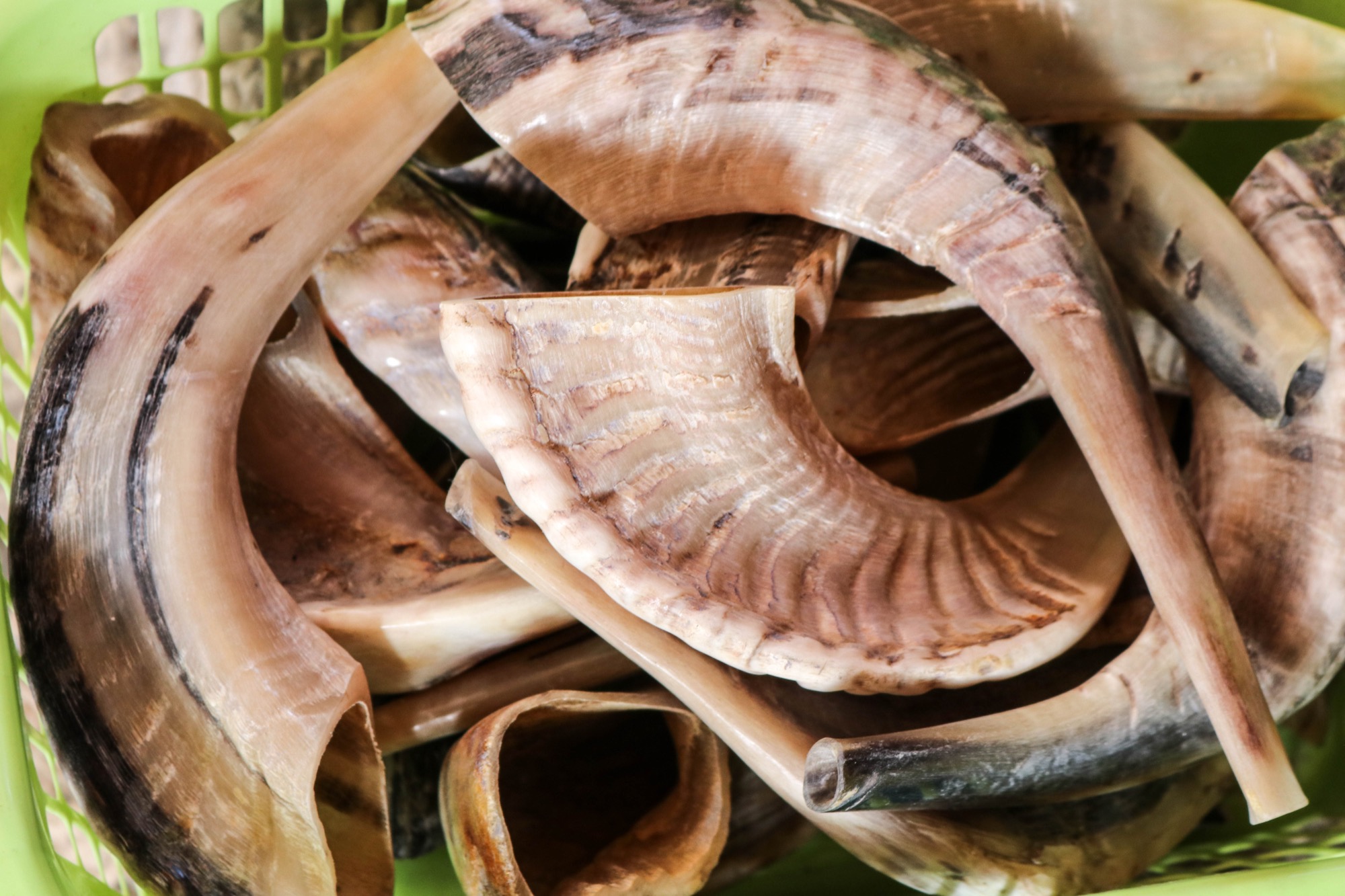





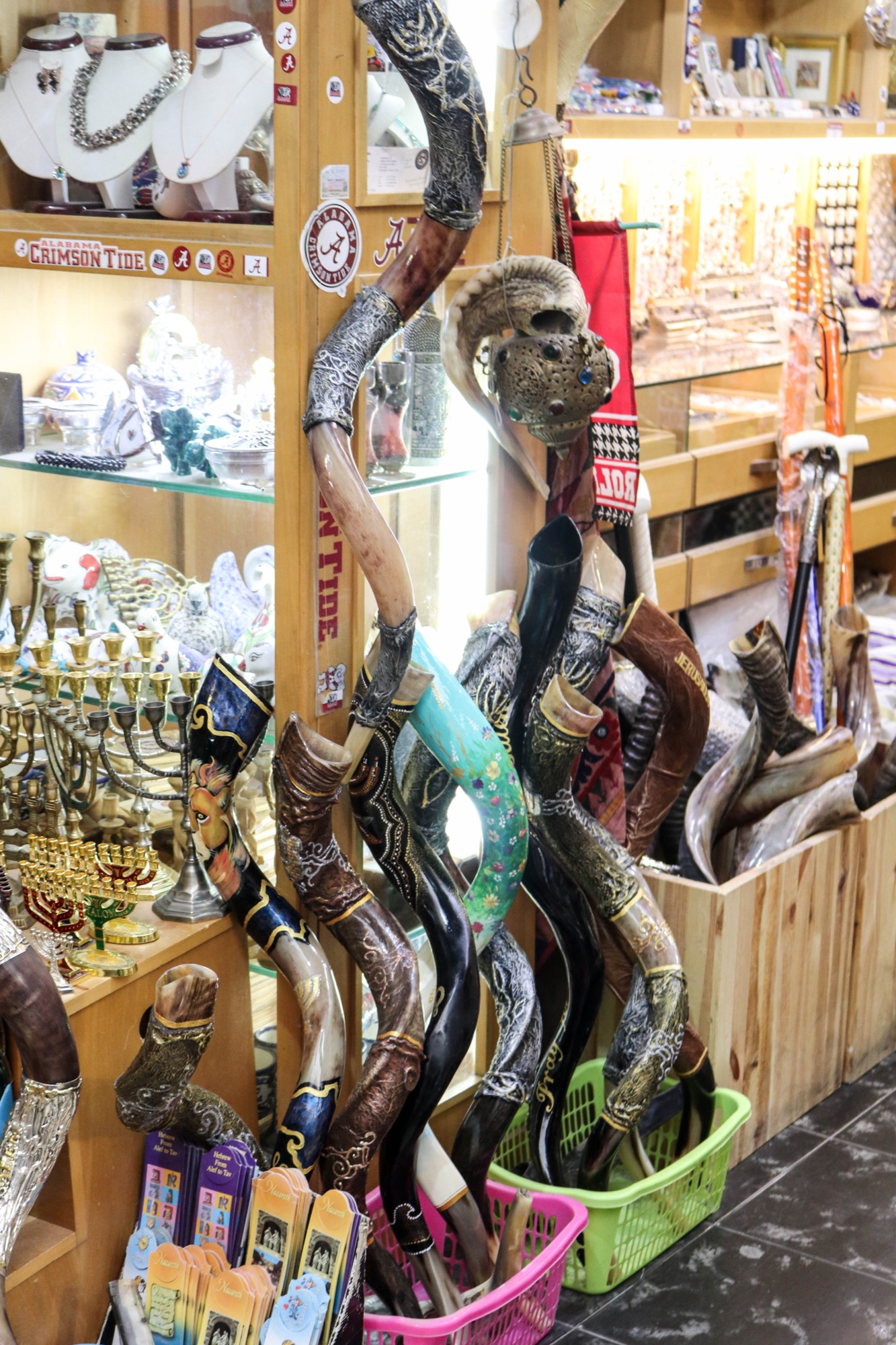



The main street in ancient Roman cities was called the Cardo and it was lined with rows of columns on each side. During excavations in the Jewish Quarter a 600 foot long section of a Byzantine Cardo was discovered and restored. Along the sides of the cardo there were workshops and covered stalls which is set up today as a series of small shops.
On one wall in the cardo is a colorful fresco which provides a glimpse into a typical day in the ancient marketplace. There are, however, a few elements of the picture that fell through the time warp. On the bottom right is a boy in modern day garb with a baseball cap and a backpack. On the left side, clad in togas, are Teddy Kollek, the mayor of Jerusalem, Nachman Avigad, the archaeologist who excavated the old city, and the fresco's artist.


The Western Wall, which was originally built as a support wall of the Temple Mount around 19 BC when Herod renovated the Second Temple, is currently about 160 feet long and 60 feet tall. The huge limestone blocks in the wall are 2 to 5 tons each. There are 45 layers of stone, but 17 of the layers are underground.
Currently, access to the Wall is divided into different sections for men and women with a mehitza or gender partition between the sections.




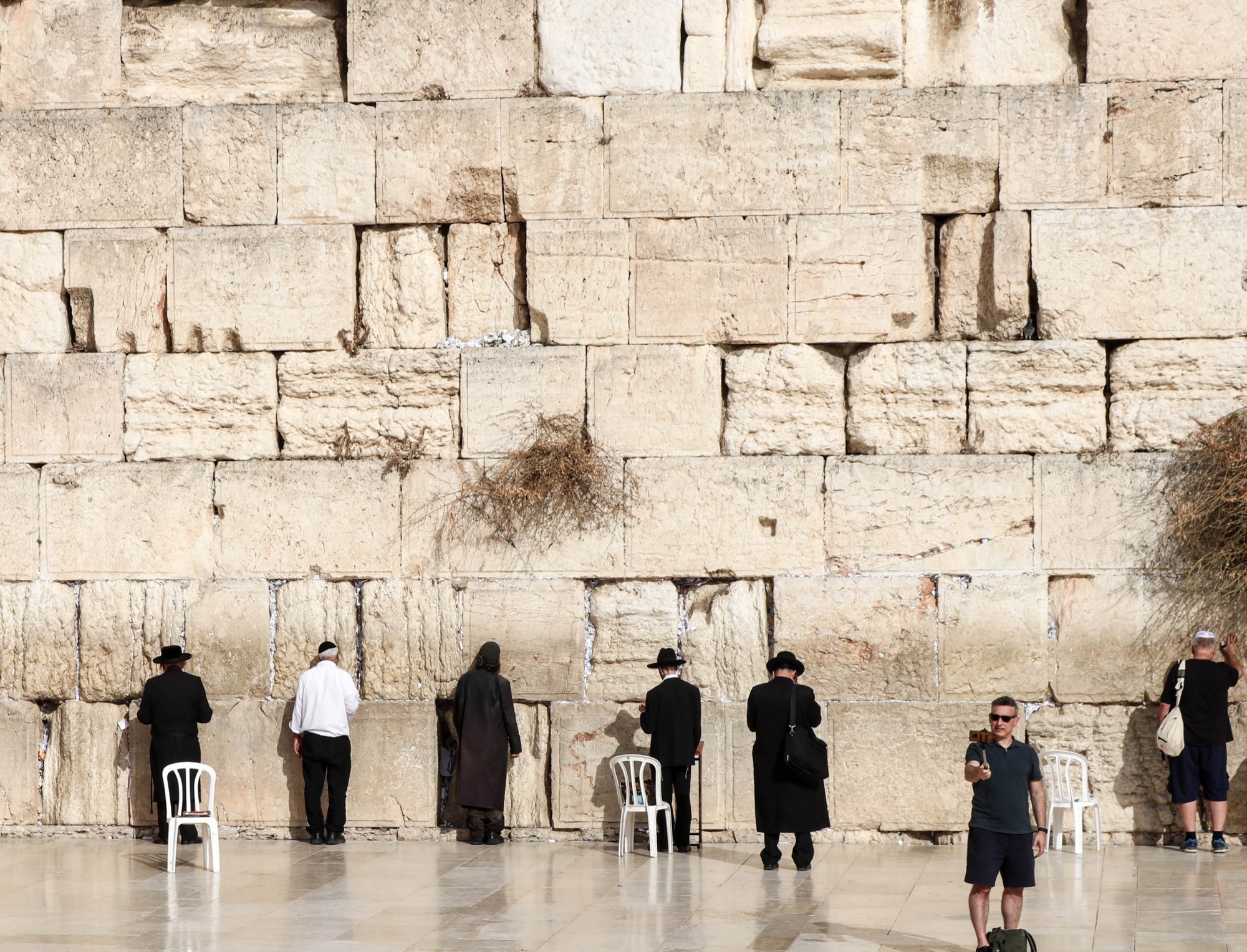
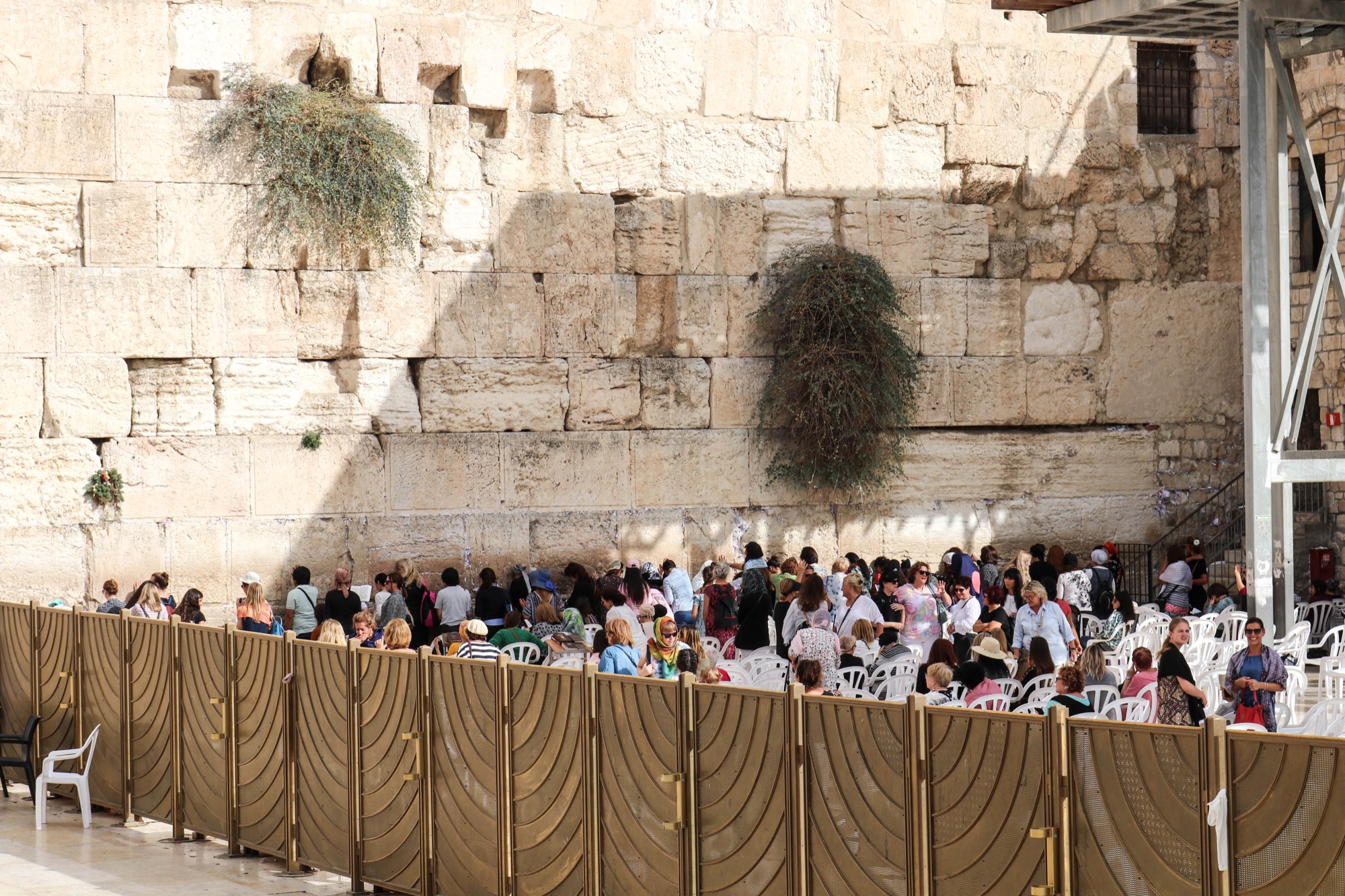
Much of the Western Wall is located underground and is currently accessible through a 75 minute long guided tunnel tour. The tour revealed ruins of ancient streets, archways, and passages that connected to the Temple Mount.
There is also a small underground synagogue. In addition, we saw the largest building stone in the Western Wall which is 46 feet long and weighs close to 570 tons.
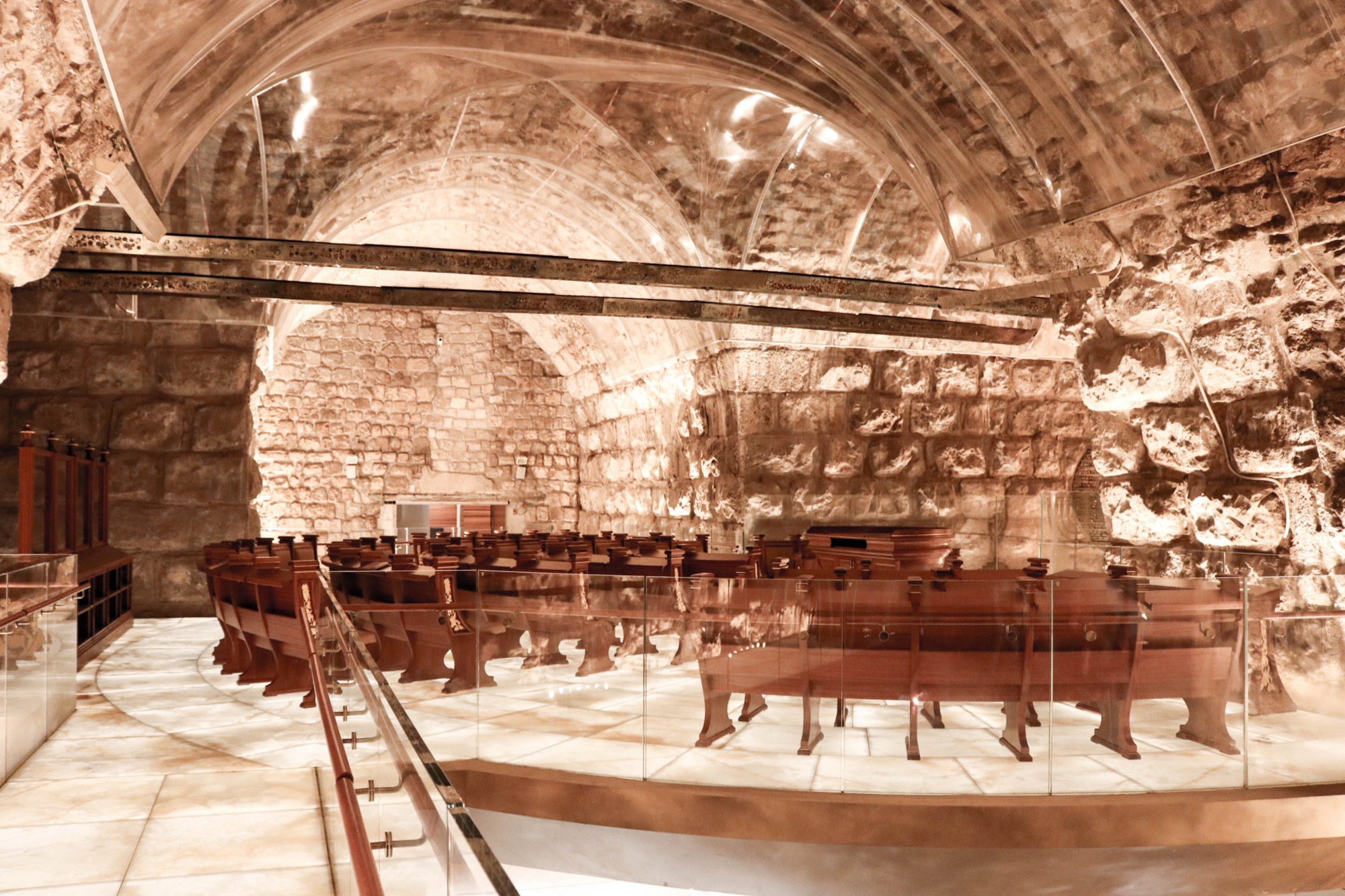
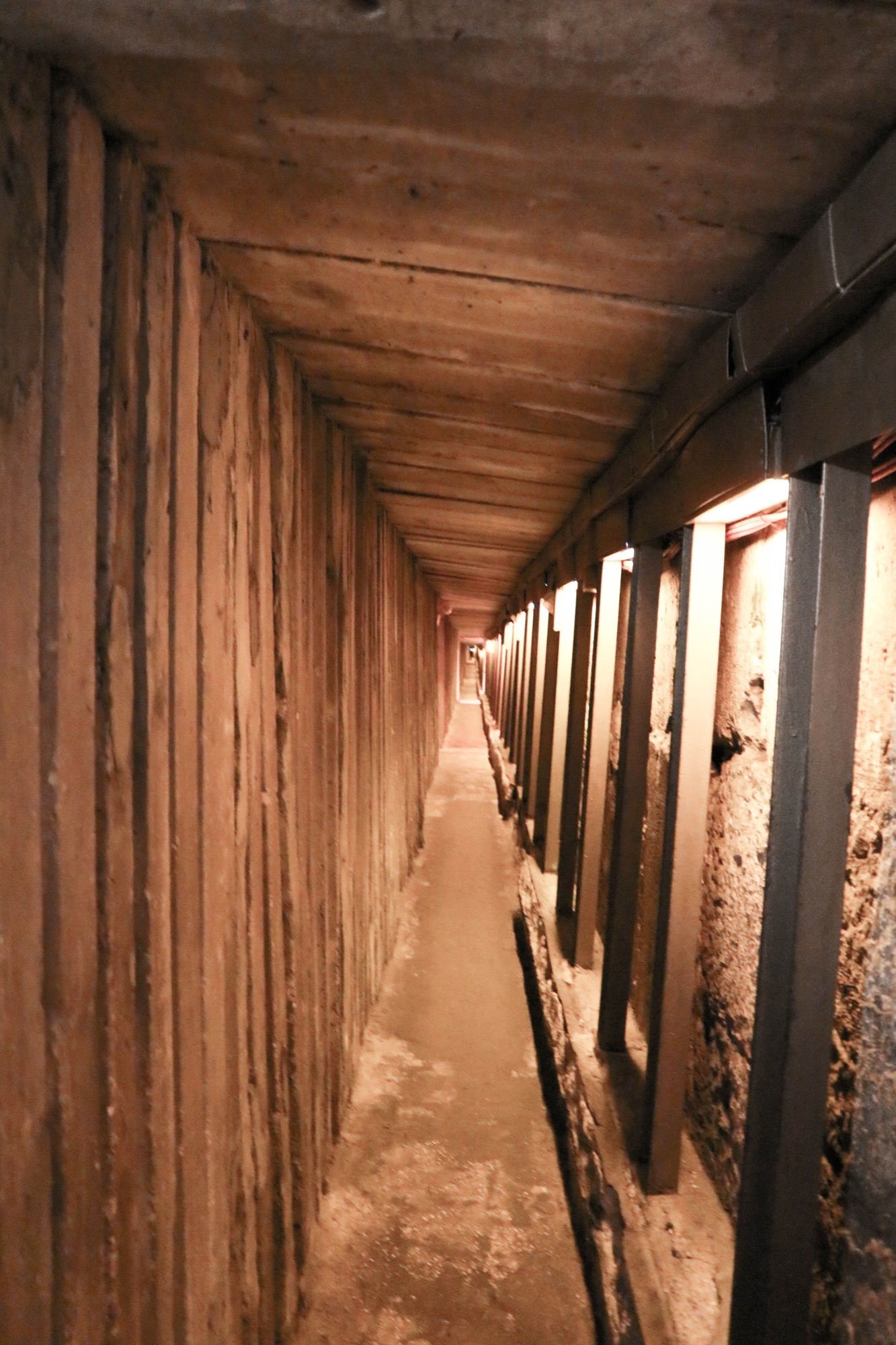

The Church of the Holy Sepulcher, which was originally built in 336 by Constantine the Great, is located at the site of the crucifixion, burial, and resurrection of Jesus Christ. The current church, which was rebuilt in 1810, is considered to be very holy by Christians and thousands of people make a pilgrimage to the site each year.
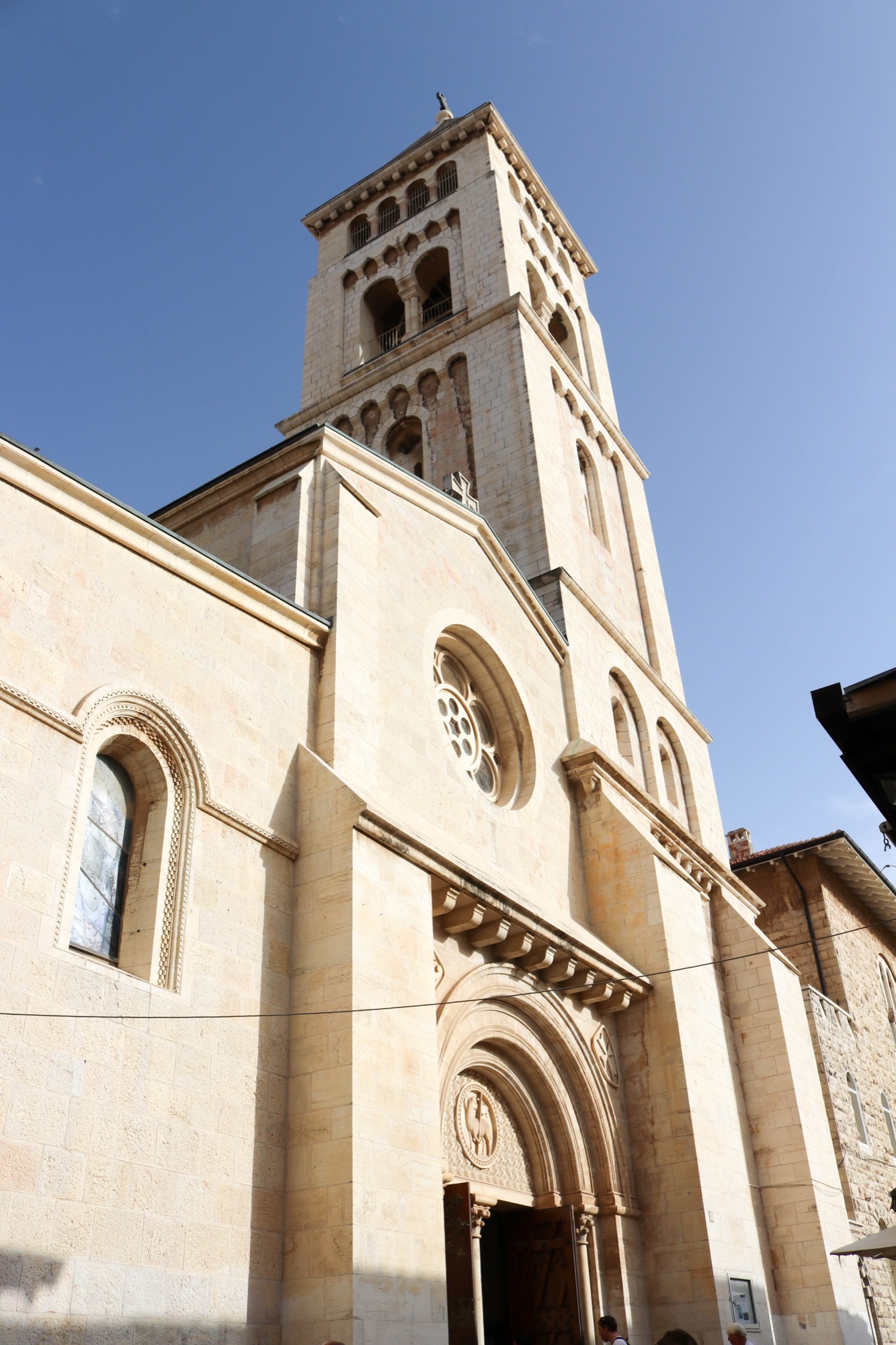



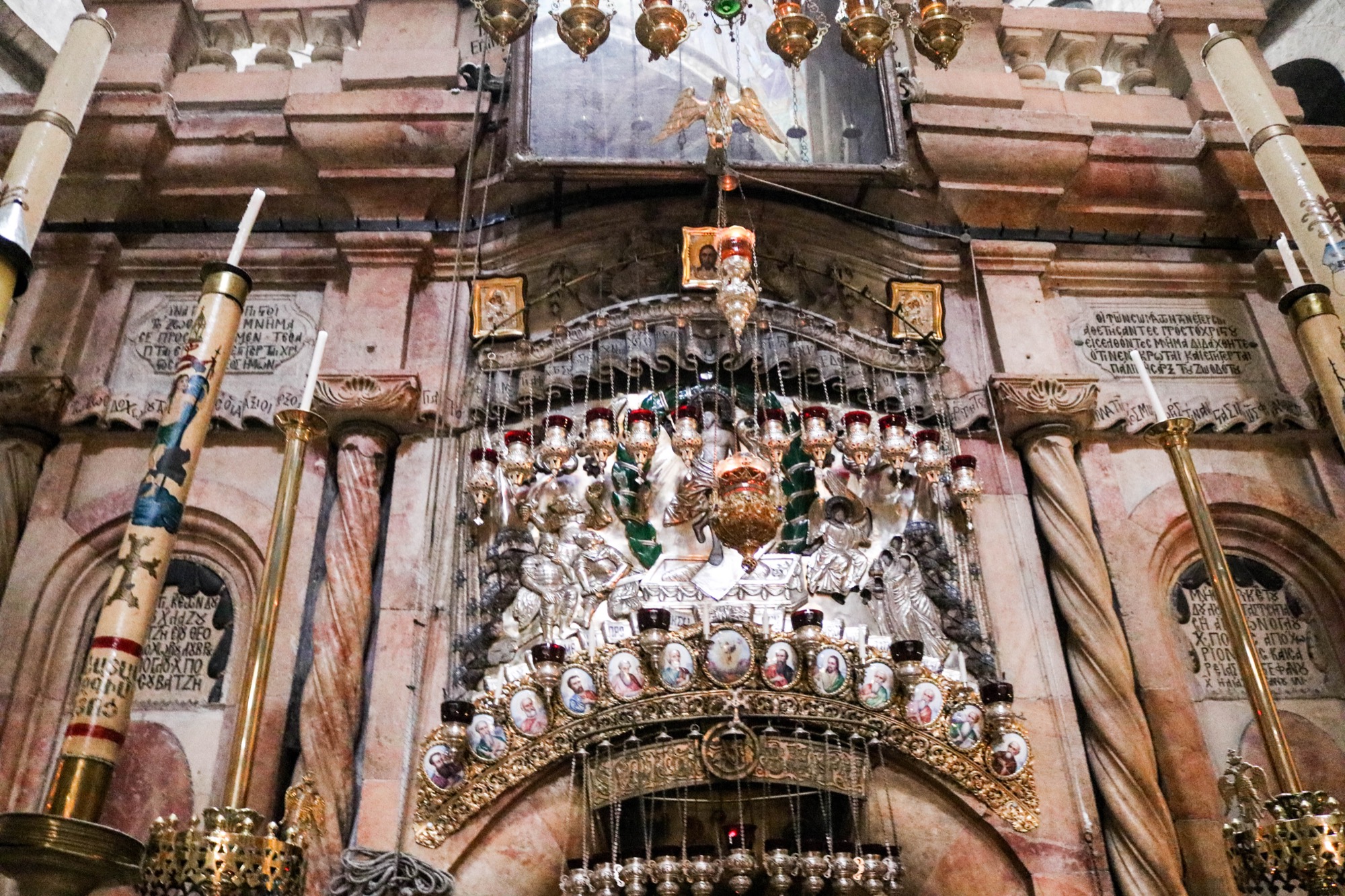

Our visit to Crete, which is Greece's largest and most populated island, began in the capital city of Heraklion. We spent some time wandering through the city's old town which had an interesting market street with lots of local shops. In the main square, which is surrounded by a wonderful assortment of cafes and bakeries, we saw the lion fountain which has eight cisterns, four lions, and a circular bowl.
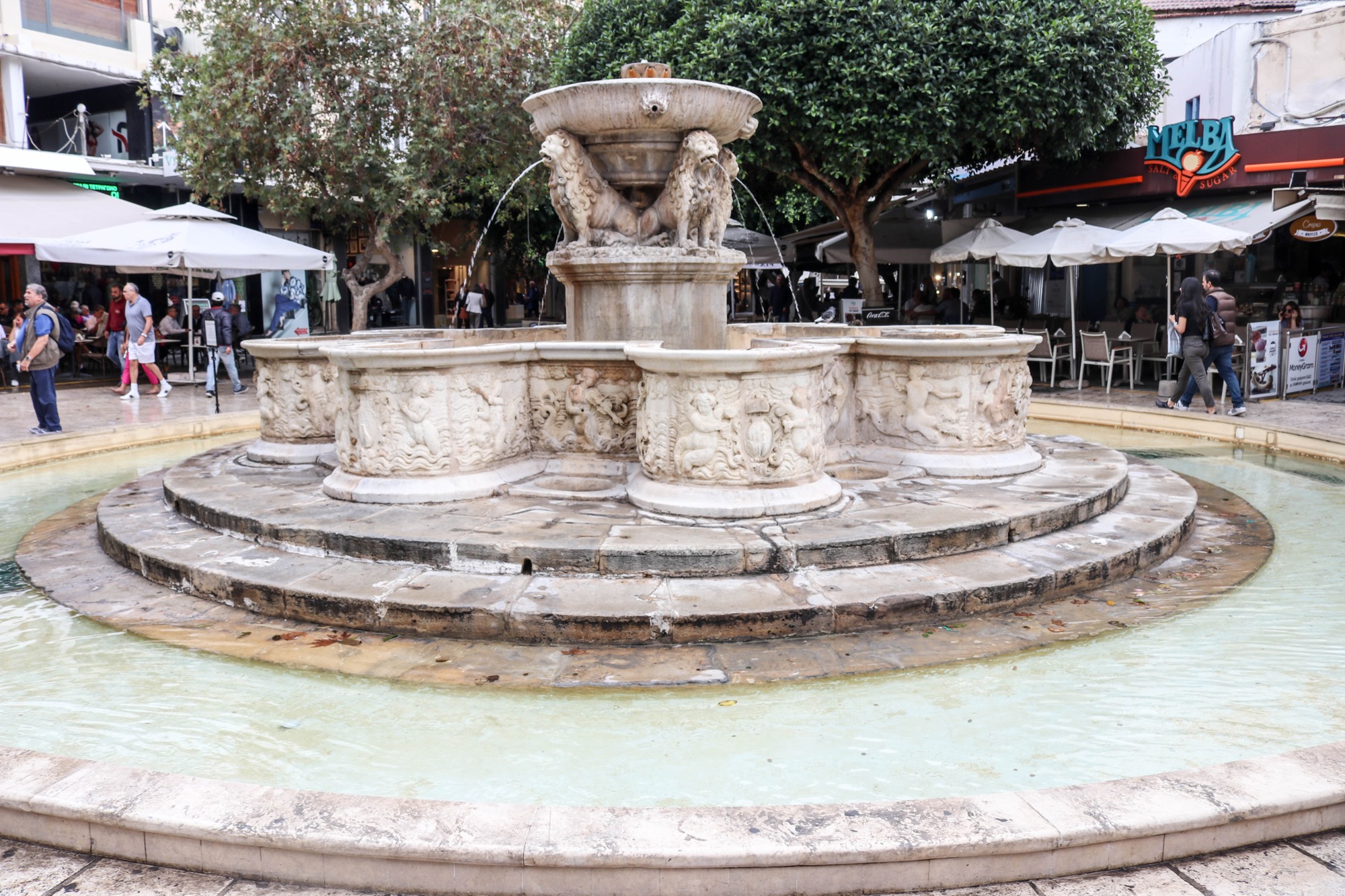

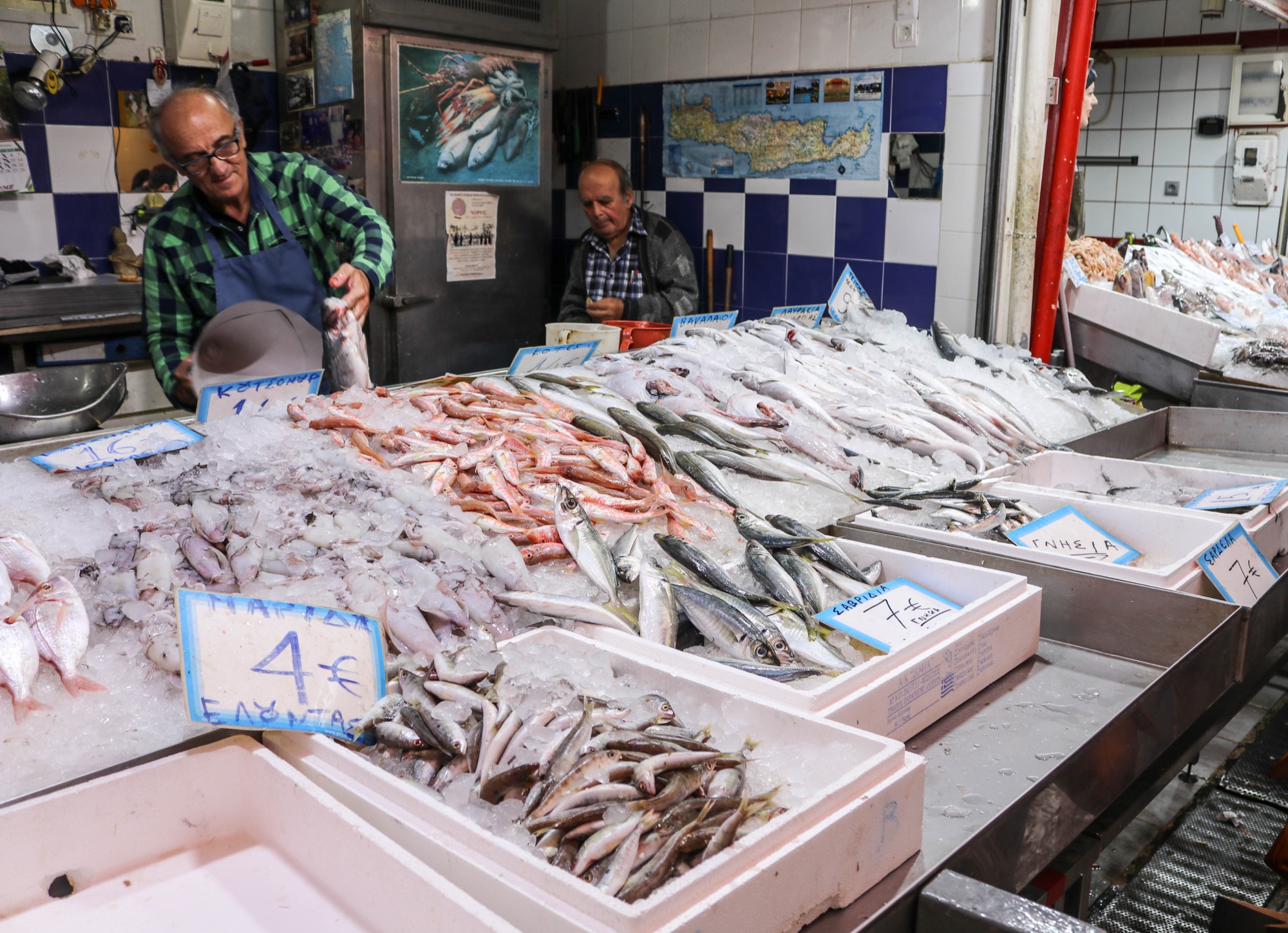

Knossos, which is a bronze age archaeological site that dates back to 1380-1100 BC, has been referred to as the oldest city in Europe. The palace and out-buildings associated with the palace at Knossos covered an area of five acres.
There were 16 rooms for storage, many filled with pithoi, or large clay storage jars that were about five feet tall. There were bathrooms, complete with toilets and a drainage system in the palace. In addition, there was a theater large enough for 400 spectators.




